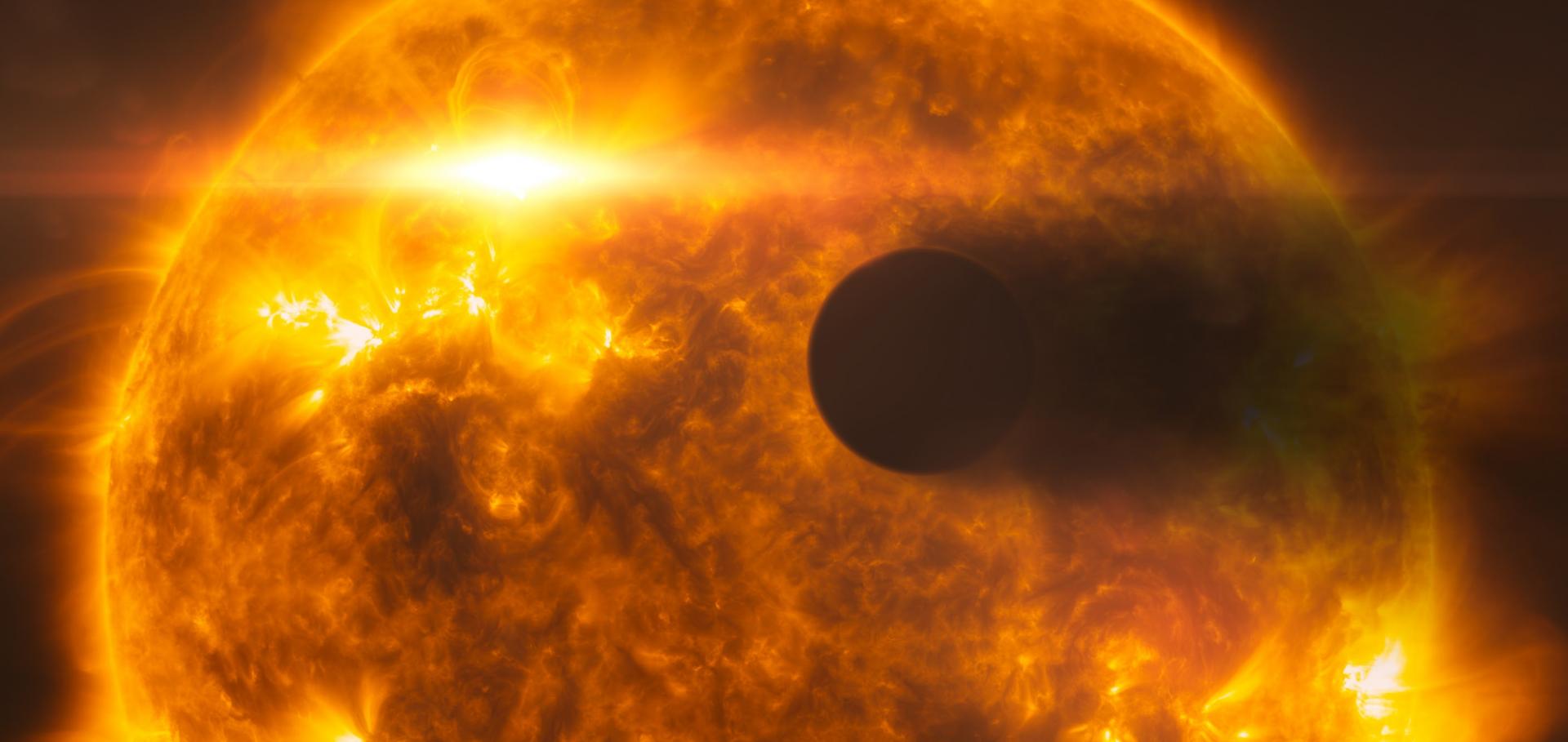Transiting exoplanets from the CoRoT space mission
ASTRONOMY & ASTROPHYSICS 482:3 (2008) L17-LU6
The Monitor project: Rotation of low-mass stars in NGC 2362 -- testing the disc regulation paradigm at 5 Myr
(2007)
The Monitor project: tracking the evolution of low mass and pre-main sequence stars
(2007)
The Monitor project: Rotation of low-mass stars in the open cluster NGC 2547
(2007)
WASP-3b: a strongly-irradiated transiting gas-giant planet
(2007)


